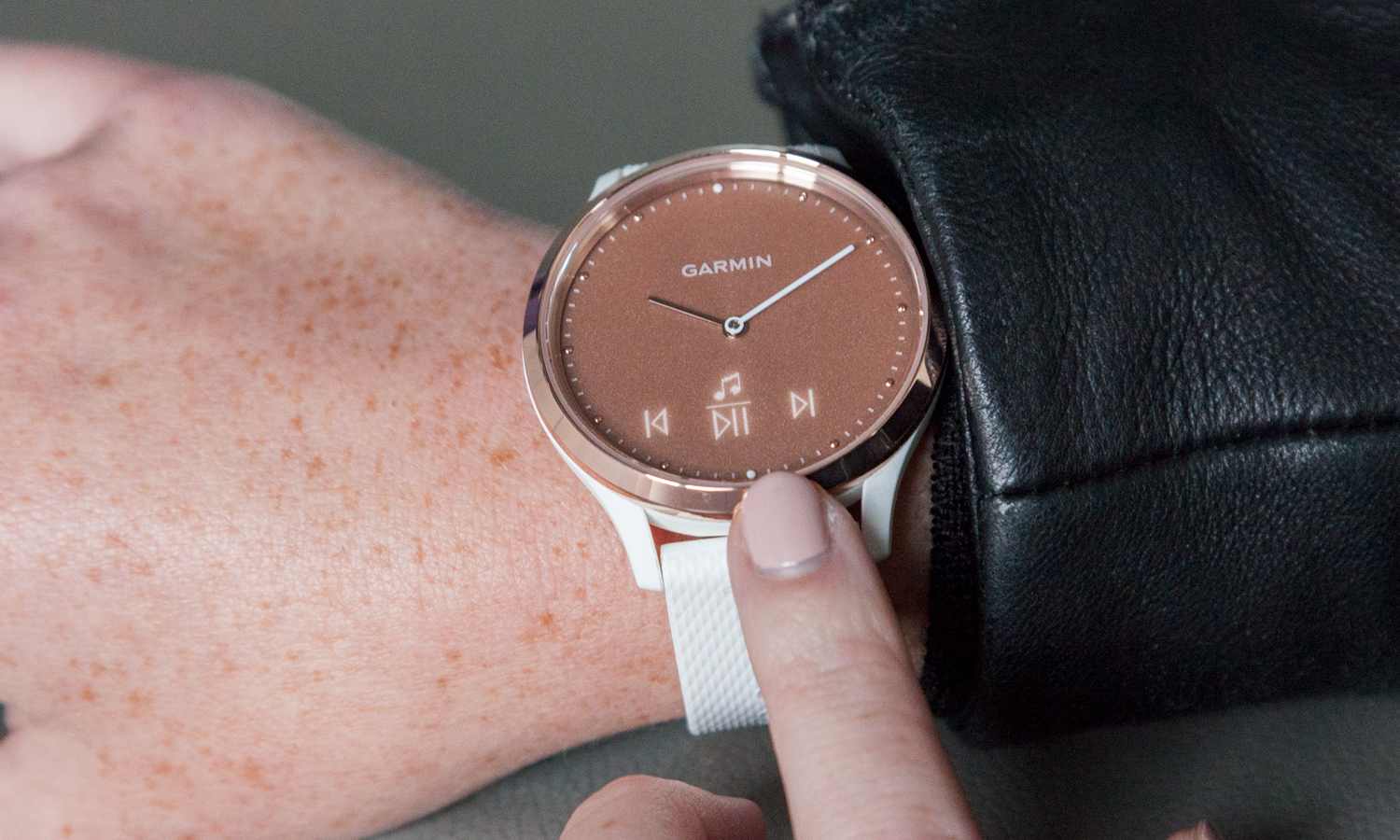Tom's Guide Verdict
Garmin’s Vivomove HR is an attractive timepiece, but its smart fitness-tracking features leave a lot to be desired.
Pros
- +
Can be used as a watch, no phone required
- +
Stylish enough to wear all day
Cons
- -
Inaccurate sleep tracking
- -
Display is difficult to see in sunlight
- -
Lightweight workout features
Why you can trust Tom's Guide
Style isn't a word I usually associate with Garmin devices, which are consistently at the top of our list for workouts such as running but usually fall short on the fashion front. But the $199 Vivomove HR sport model's rose-gold watch face with matching stainless-steel bezel and white silicone strap looks damn good. A more expensive version with a leather band is equally attractive. But the Vivomove HR is a fitness-focused smartwatch, so it has to do more than sit still and look pretty.
An undercover smartwatch
The Vivomove HR looks like a standard-issue 43mm analog watch on its face, but it has a built-in heart rate sensor and a display that is visible only when you raise your wrist to check the time. That motion causes the date and digital time to light up in a small, discreet, white font. Swipe left on the time to view your daily step count, calories burned, resting heart rate, stress level, smartphone notifications and more.
The Vivomove HR deviates from other hybrid smartwatches on the market by forgoing a subdial on the watch face that shows progress toward a daily activity goal or indicates what kinds of smartphone notifications are coming in. Instead, the watch's swipeable OLED display shows you details such as how many sets of stairs you've climbed and whom your latest text message is from. This design is sophisticated and responsive, and it makes the Vivomove HR feel like a truly smart watch.
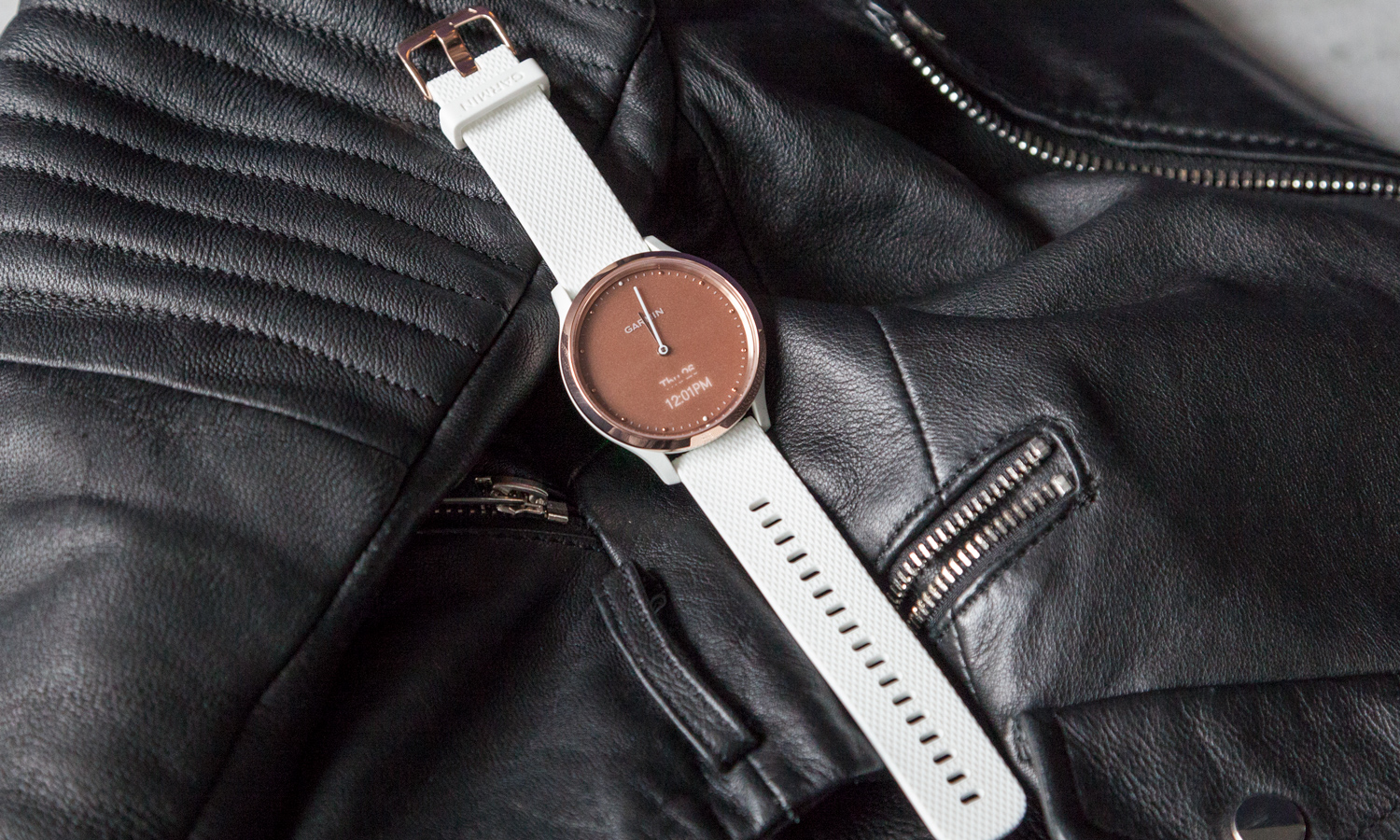
There's a problem: The Vivomove HR's display is difficult to see, particularly on the rose gold version. It's fine indoors, but trying to read white font on a rose gold watch face in bright sunlight is an exercise in futility. When it comes to working out, that could be a deal breaker. Garmin makes other versions of the watch with black and gold watch faces, which might not have this problem.
An underwhelming fitness tracker
You might assume that a Garmin smartwatch with built-in heart rate sensor is a workout machine, but that's not the case with the Vivomove HR. This device isn't really designed to track workouts, although it does automatically log various kinds of exercise using an accelerometer, barometric altimeter and the heart rate sensor.
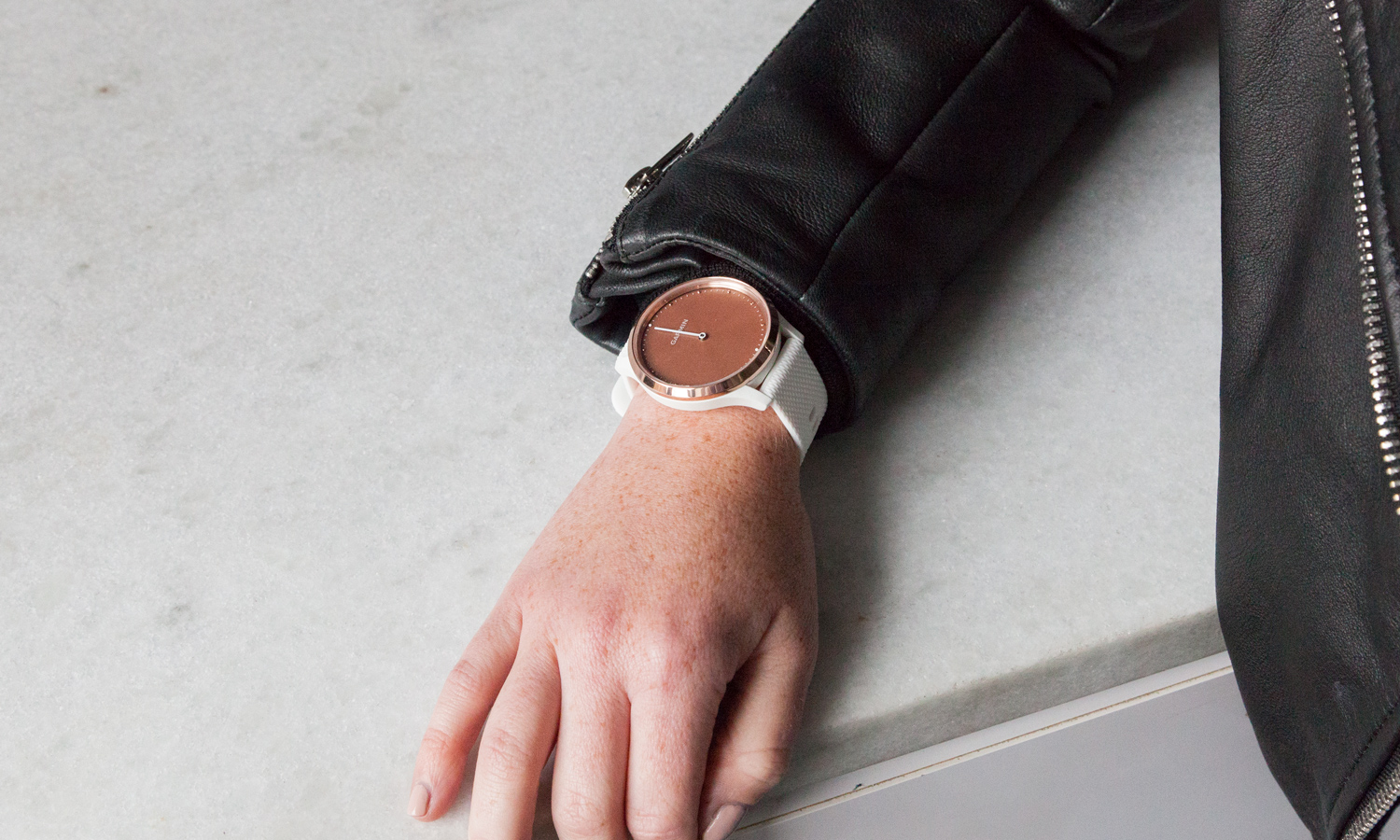
But it doesn't give you any data about your workouts aside from type and length of exercise. After a run, I could see under the Heart Rate section in the Garmin Connect app's My Day dashboard that I ran for 35 minutes, but I couldn't see mileage. The app graphs your heart rate data against your activity, so you can see just how intense your workouts are. But unless you need to keep a close eye on your heart rate variability, this isn't all that useful without other running data (such as pace per mile).
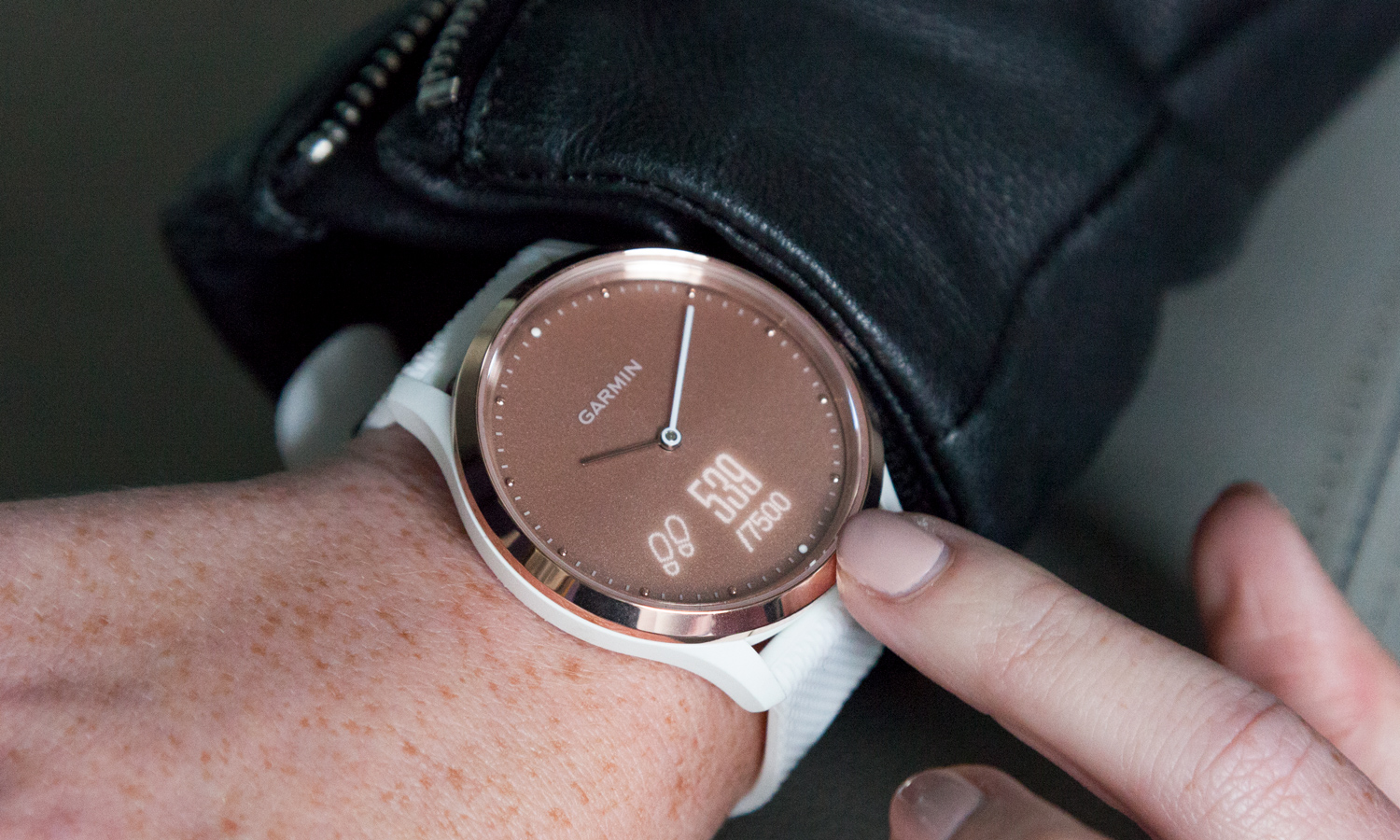
The Vivomove HR's heart rate sensor isn't that useful for analyzing your sleep, either. A night in which I woke up several times showed a nearly undisturbed 8 hours of rest.
Get instant access to breaking news, the hottest reviews, great deals and helpful tips.

One morning, I woke up and took the watch off my wrist to shower, which should've signaled to the device that I was awake. Later, I synced the Vivomove HR to the Garmin Connect app, and it showed that I was asleep that entire time, until I put the watch back on to head out the door. This is a pretty disappointing result for a device that uses your heart rate to offer insights into sleep and activity.
Battery life
The Vivomove HR boasts solid battery life.
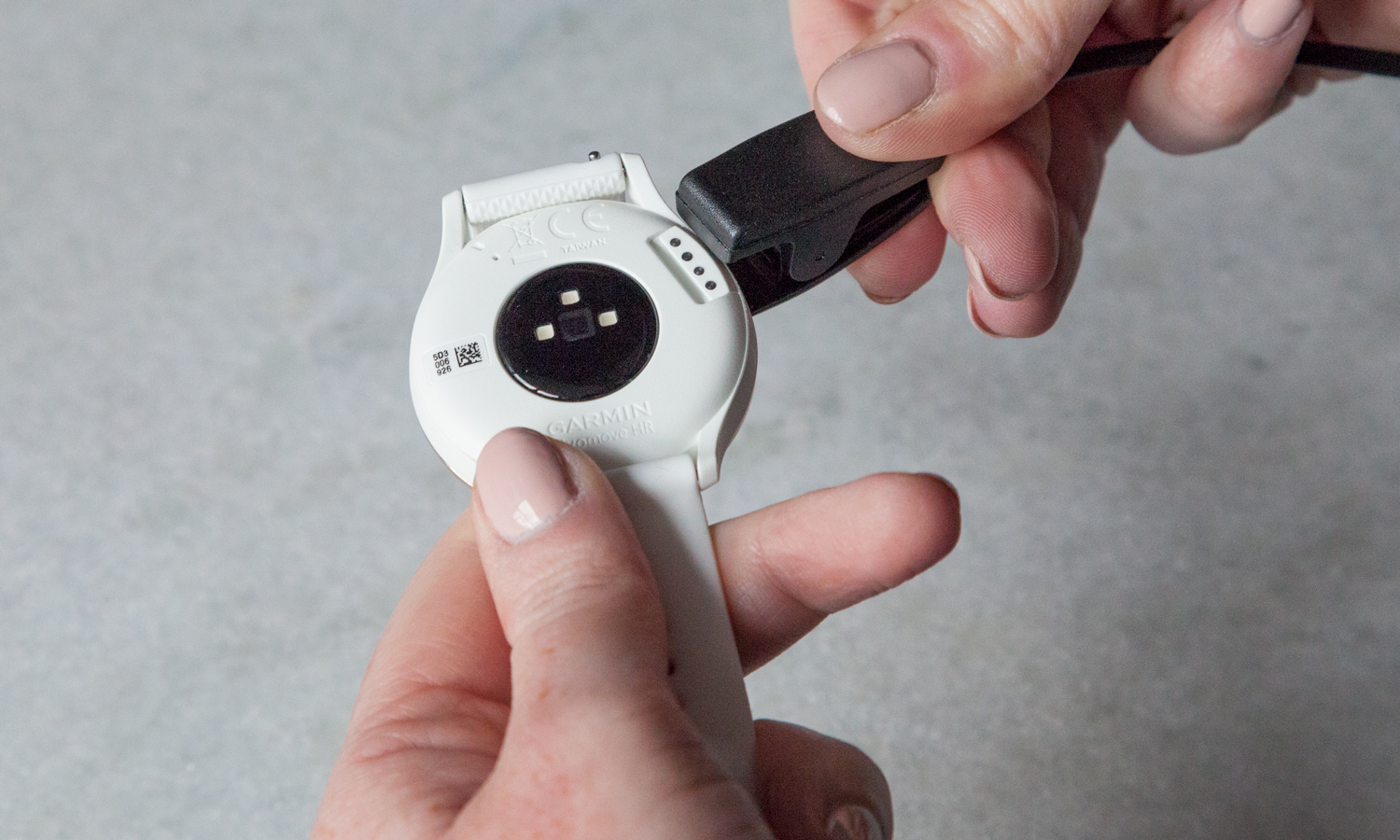
I got about four days on a charge using smart features, but you can squeeze up to two weeks out of the device if you're just using it as an analog watch, which is where it excels.
Bottom line
I love that the Vivomove HR's face never gives away its smart features until you want to see them. The design of the display, which is hidden until you raise your wrist, is brilliant. But this hybrid smartwatch suffers from an identity crisis. It wants to be a stylish timepiece, and it also wants to give you Garmin's advanced fitness-tracking features. Unfortunately, it only really succeeds when it comes to looks.
Nokia's Steel HR isn't quite as fashion-forward as the Vivomove HR, but its fitness-tracking features are more robust and accurate. Unfortunately, Nokia has temporarily pulled the Steel HR off shelves as part of the company’s acquisition and rebranding of Withings.
No other hybrid smartwatch has a heart rate sensor, and now it's clear why: Nailing the combination of fashion and fitness isn't as easy as it looks.
Our Garmin promo codes can help you save on high-performance GPS devices, smartwatches, and fitness trackers. Use our codes to get discounts on Garmin products and enjoy top-notch technology for less.
Caitlin is a Senior editor for Gizmodo. She has also worked on Tom's Guide, Macworld, PCWorld and the Las Vegas Review-Journal. When she's not testing out the latest devices, you can find her running around the streets of Los Angeles, putting in morning miles or searching for the best tacos.
